
Children explore shape, pattern, symmetry and line in this colorful paisley pattern motif. With origins in India, the traditional paisley design is used in clothing, fabrics and home-decor. This lesson... Learn More
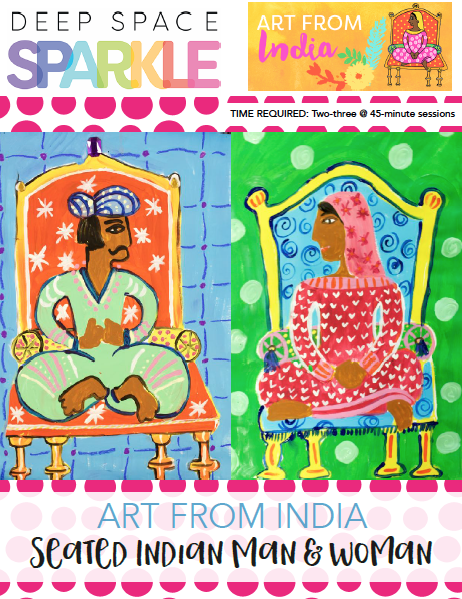
This is a colorful opportunity for children to research and draw traditional Indian dress. Inspired by the colorful illustrations in Indian Tales from Barefoot Book, children follow a drawing sequence... Learn More

Miró started making prints after he was considered a well accomplished artist. He used two types of print-making: lithography and intaglio. Lithograph: Ink is spread onto the plate and then... Learn More
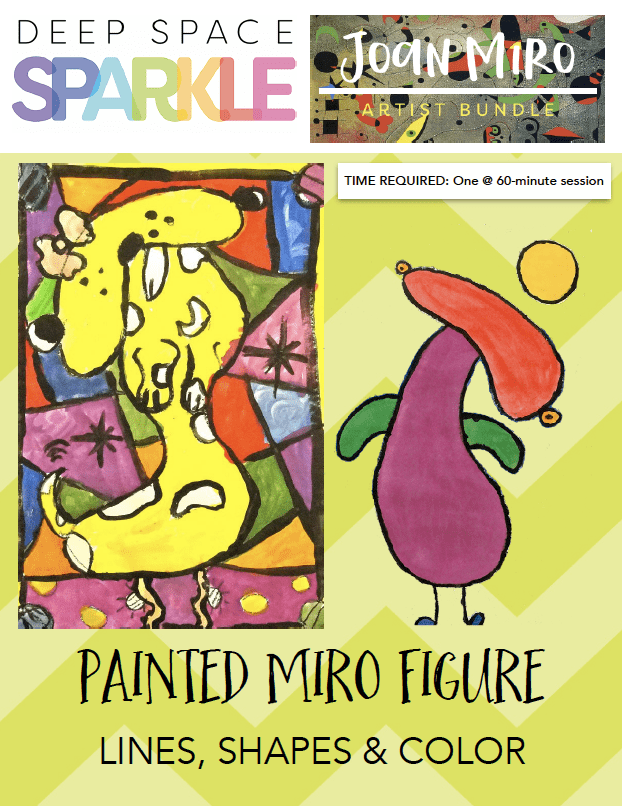
Joan Miró was born in Barcelona, Spain in 1893. He started drawing at age 8 and went on to become one of the world’s most famous abstract artists. He loved... Learn More
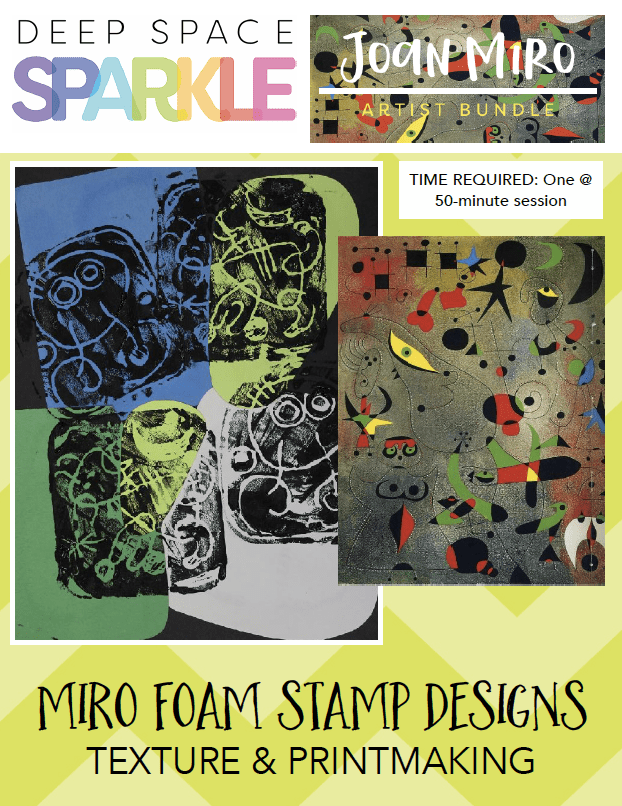
Miró started making prints after he was considered a well accomplished artist. He used two types of print-making: lithography and intaglio. Lithograph: Ink is spread onto the plate and then... Learn More
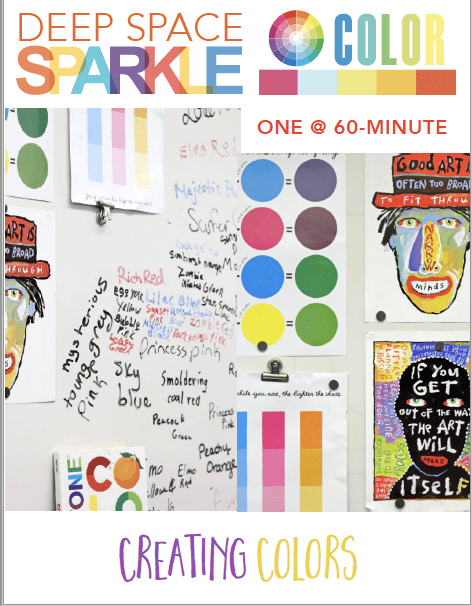
One of the most common frustrations in the art room is when children create muddy colors in an otherwise beautiful painting. We wonder why kids don’t have the instincts to... Learn More
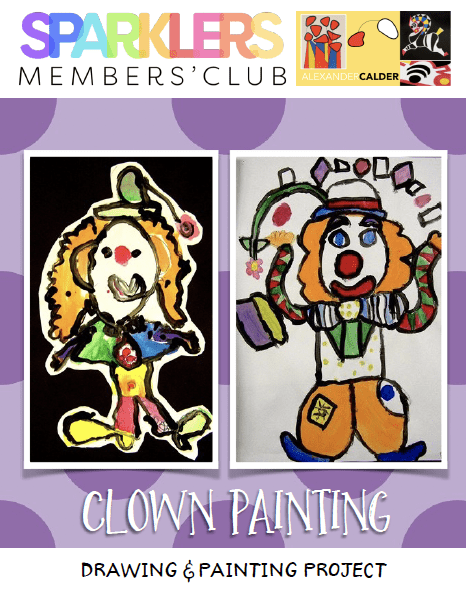
There are many shapes in a clown drawing—an oval or circle for the head, a triangle or square body, rectangles for arms and legs—you get the idea. Children at this... Learn More

Flowers indigenous to Mexico such as the Marigold and Calla Lilly appeared in the artworks of Frida Kahlo and Diego Rivera many times. Rivera used the calla lily, a very... Learn More

The Stamped Burlap Weaving lesson for fourth grade is an updated version of the lesson previously titled Navajo Weavings. In an effort to more accurately describe the lesson’s content and... Learn More

Kinders started their year exploring line, patterns and color. On the very first day of art class, I read the children Art by Patrick McDonnell. It’s a perfect story about... Learn More

The classic Kandinsky art project inspired by his famous color study, Squares with Concentric Circles. This lessons not only reinforces cutting and gluing skills but is a great lesson to reinforce... Learn More

Henri Matisse, although known mostly for his colorful cutouts, has many landscape and still-life works of art. His painting, Apples on a Table, Green Background painted in 1916 is one of my favorites. Using the simple tricks... Learn More
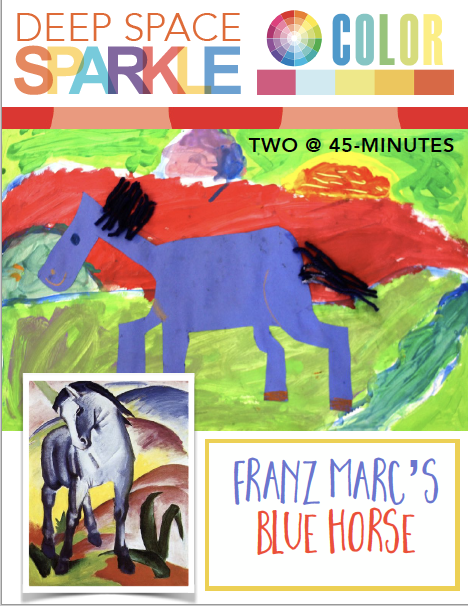
It’s hard to do a unit on color without acknowledging Franz Marc’s contribution. His unique approach to painting animals from “the inside out to show their soul” resulted in unusual... Learn More
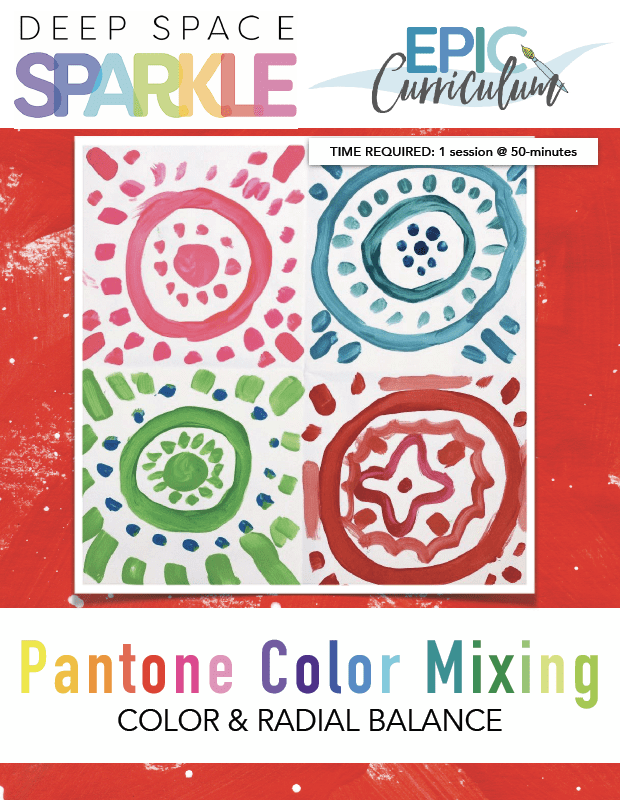
Color mixing is one of the most rewarding paint experiences in art class. Children love to squish, mingle and mix paint until there is nothing left but a big blob... Learn More
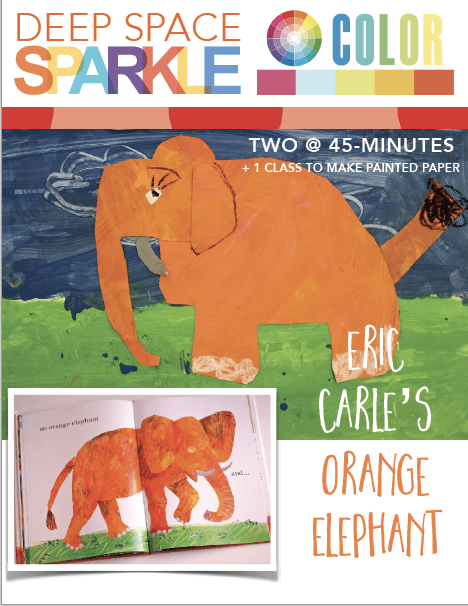
Eric Carle’s book The Artist Who Painted a Blue Horse is as delightful as the rest of his other titles. Journey through a young artist’s imagination as he paints a blue horse,... Learn More
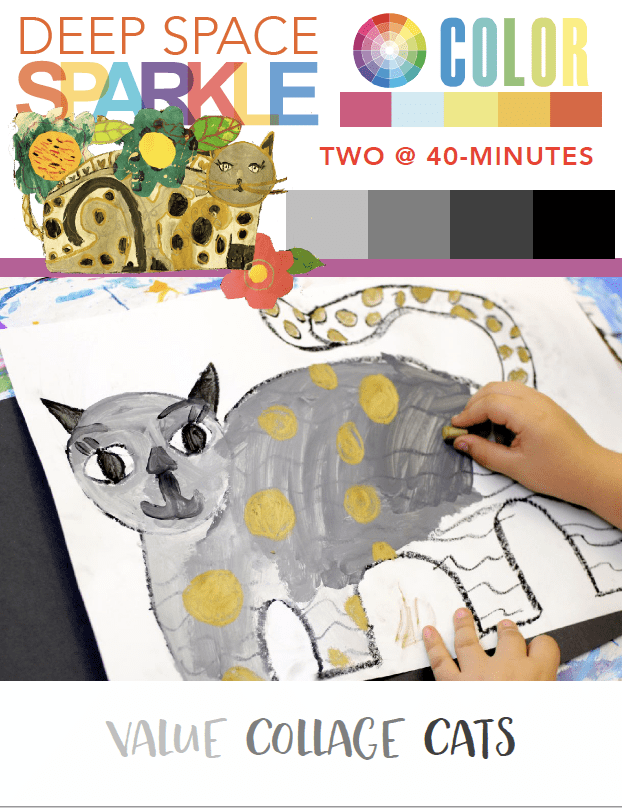
I personally find it hard to teach children about warm and cool colors but learning tints and shades is a breeze for most kids. These value cats inspired by artist,... Learn More
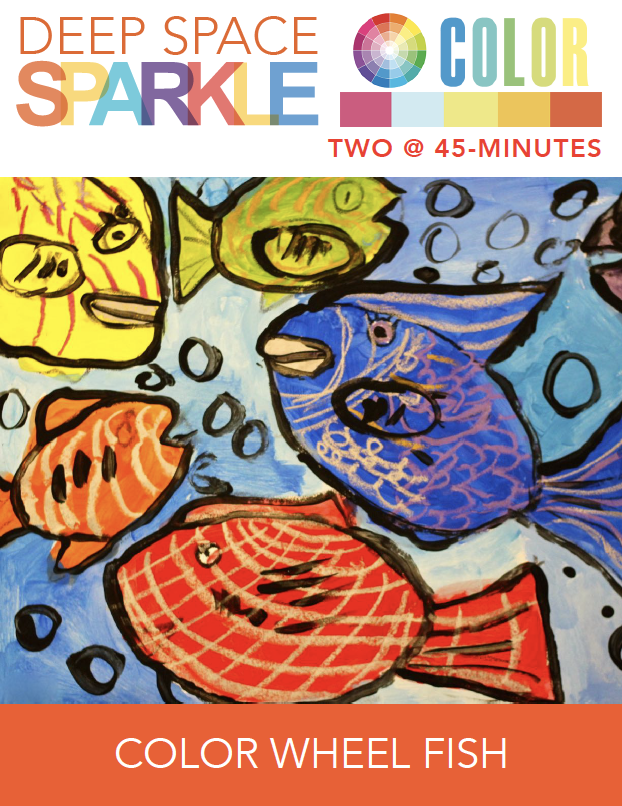
Understanding how to make a secondary color (orange, green and purple) is best done by doing. I love this lesson and while it is very structured, I feel it offers... Learn More
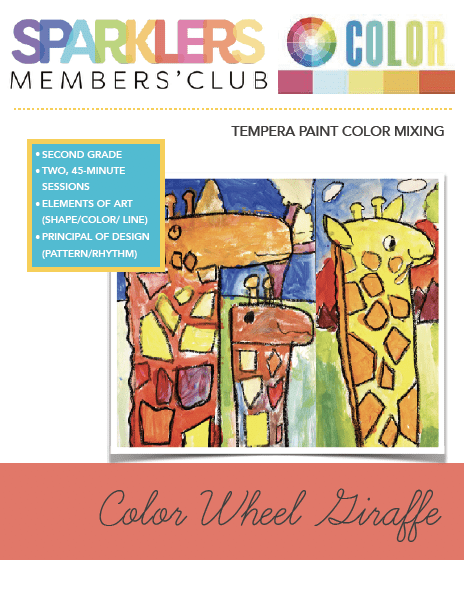
Need a lesson that teaches young children the rules of color mixing? Children learn to draw a simple giraffe then use the primary colors as a base for this colorful painting... Learn More